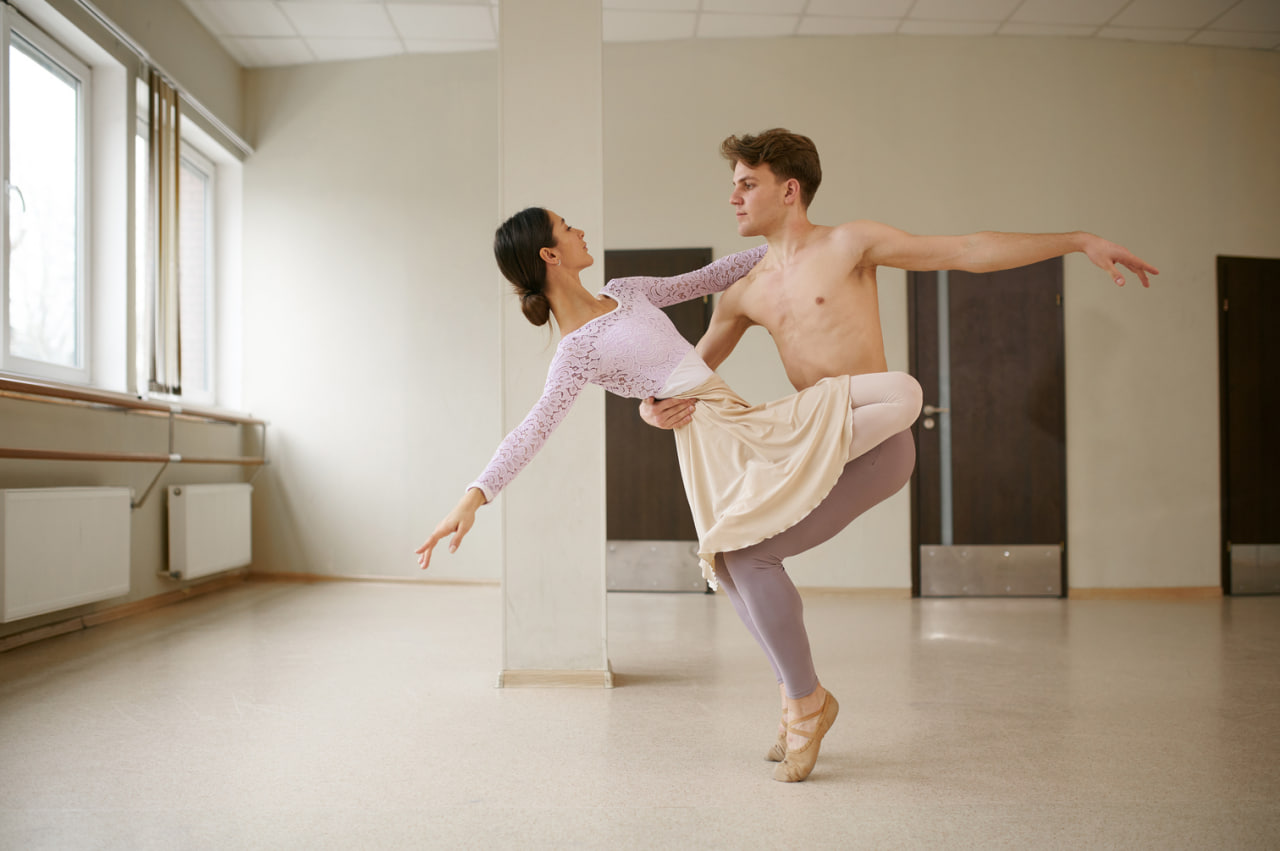In ballroom dance, the connection between partners is just as important as mastering the steps. True chemistry and trust allow dancers to move as one, responding seamlessly to each other’s movements and creating performances that are both fluid and expressive. Building this connection requires communication, practice, and a deep understanding of both your own body and your partner’s. It is an essential skill that elevates both technique and artistry.
The Importance of Trust in Partner Dance
Trust forms the foundation of all successful partner dancing. Dancers must rely on one another for timing, balance, and coordination, particularly during complex spins, lifts, or quick directional changes. Trust allows each partner to move confidently, knowing that their movements will be supported and complemented.
Without trust, dancers may hesitate, overcompensate, or create tension in their movements, which can compromise both performance and safety. Developing trust is therefore not only vital for elegance and style but also for preventing injuries and fostering a comfortable learning environment.
Communication and Awareness
Effective communication in ballroom dance goes beyond words. Dancers communicate through body language, subtle pressure, eye contact, and responsiveness to movement cues. Being attuned to your partner’s signals allows for smoother leading and following, making transitions feel effortless and natural.
Awareness of space and timing is also crucial. Partners must anticipate movements, adjust to changes in rhythm, and respond to each other’s energy. This level of attentiveness is developed through consistent practice, observation, and feedback, helping dancers become more connected and cohesive.
Exercises to Build Connection
There are several exercises dancers can use to strengthen partnership skills:
- Frame Practice – Maintaining a strong, steady frame together reinforces physical connection and helps partners move in harmony.
- Mirror Exercises – Mirroring a partner’s movements enhances responsiveness and improves coordination.
- Lead and Follow Drills – Practicing variations in tempo, direction, and intensity trains both partners to respond accurately and instinctively.
- Improvisation Together – Freeform movement encourages trust, creativity, and comfort with unpredictability.
These exercises not only improve technical skill but also foster a deeper sense of partnership, allowing dancers to rely on one another instinctively during performances.
Emotional Connection and Expression
Chemistry in ballroom dance is not purely technical; it also involves emotional expression. Partners who feel connected emotionally can convey stories, moods, and dynamics more convincingly. Shared enthusiasm, mutual encouragement, and a positive mindset enhance this emotional connection, making performances more engaging for both dancers and audiences.
Developing emotional chemistry requires empathy and patience. Each dancer must understand their partner’s strengths, areas for growth, and style, adapting their approach to complement and highlight the partnership.
Bringing It All Together on Stage
When trust, communication, and emotional connection are established, ballroom dancing becomes a fluid, expressive experience. Partners move in harmony, transitions appear seamless, and the audience experiences the artistry and emotion conveyed through movement. A well-connected partnership allows dancers to tackle complex choreography with confidence and elegance, making every performance memorable.

